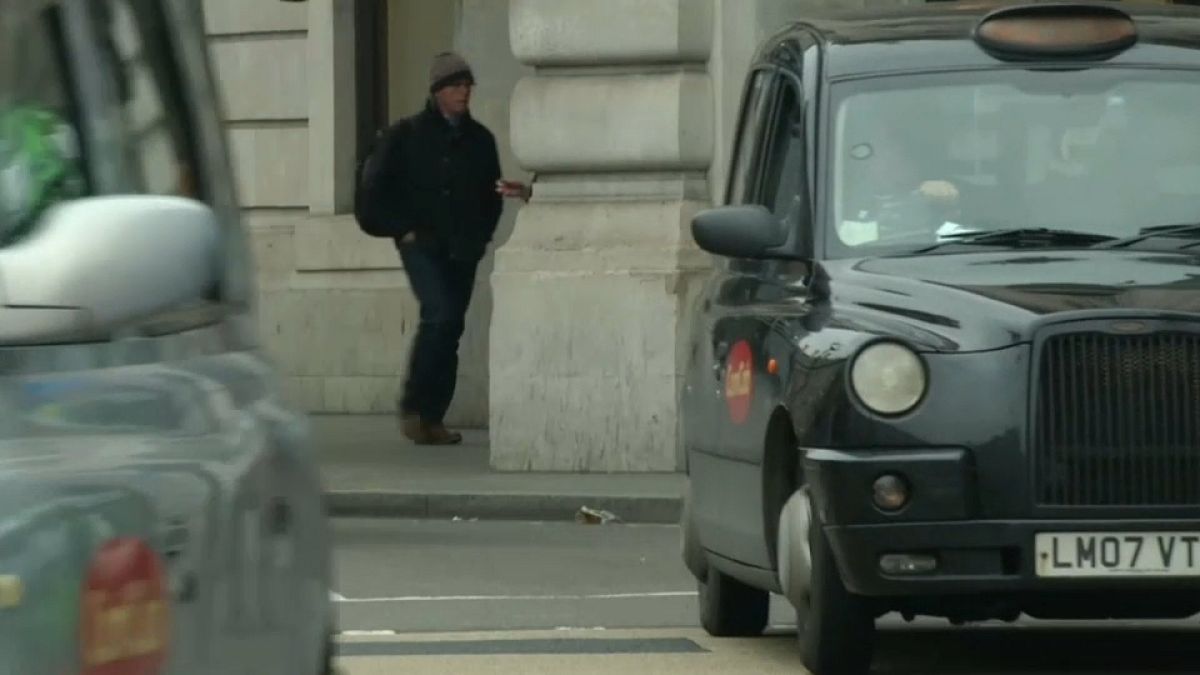An Ultra Low Emission Zone has been introduced in London by the mayor, Sadiq Kahn. With nearly 1000 people hospitalised due to asthma in the capital each year, the move aims to reduce traffic in the city centre.
London has introduced one of the world’s toughest vehicle emissions standards, in a bid to cut pollution levels in the city.
From today, drivers of older cars face paying a new charge of nearly 15 euros to enter the centre of the British capital – in addition to a pre-existing congestion charge.
The Mayor of London, Sadiq Khan, says he's doing this because thousands of Londoners are dying early each year because of toxic air.
The new charge has been given “a guarded welcome’ by Londoners, according to Euronews’ Correspondent Tadhg Enright.
The implementation today marks the first stage of a two stage process, applied to an area of London which is already covered by a congestion charge at peak travel times. Stage 2, which is to be implemented in two years time, is a lot more ambitious, and will see drivers in the areas surrounding the centre of London come under the charge. These rules apply to petrol cars over 14 years old, and diesel cars from before 2015.
Laurie Laybourn-Langton, Associate Fellow from the IPRR helped to devise the scheme:
“The scheme works under similar principles to the congestion charge. It’ll apply a fee to people who are driving in, and in the way that the congestion charge was introduced to reduce congestion, this aims to reduce air pollution. We’re very confident that it’ll have the same effect”.
“The number of trips will be reduced, the length of trips and where they go may be reduced as well. As time goes on and people that people will be able to cycle onwards to a new vehicle. As far as I understand there are schemes that will be implemented that will support those who can least afford to make that change.”
Whilst mindful that cars are often used for short trips to the supermarket, or to drop children off at school, Laybourn-Langton stressed the importance of changing habits in the long run:
“We all have to think when we do drive our big diesel SUV that it is contributing to an enormous air pollution problem in this city, in other cities around this country and around the world, and that’s having an enormous impact on people’s health: particularly children. Charges like this are there to remind people of that, and try to speed up the process of getting people to choose cleaner vehicles. At the same time there needs to be a process of supporting those because they were told by Government in this country not so long ago that diesels were the vehicles that they should buy.”
